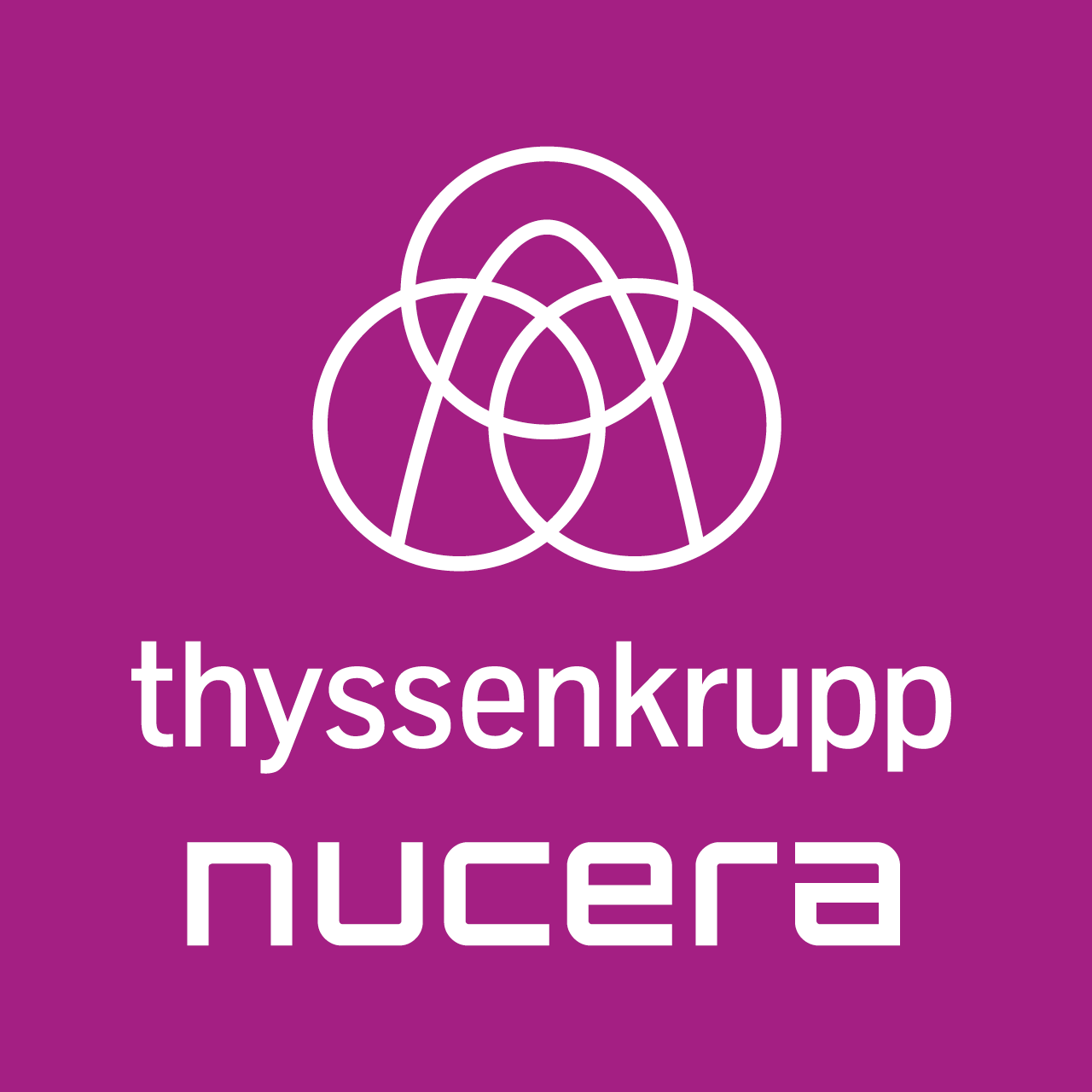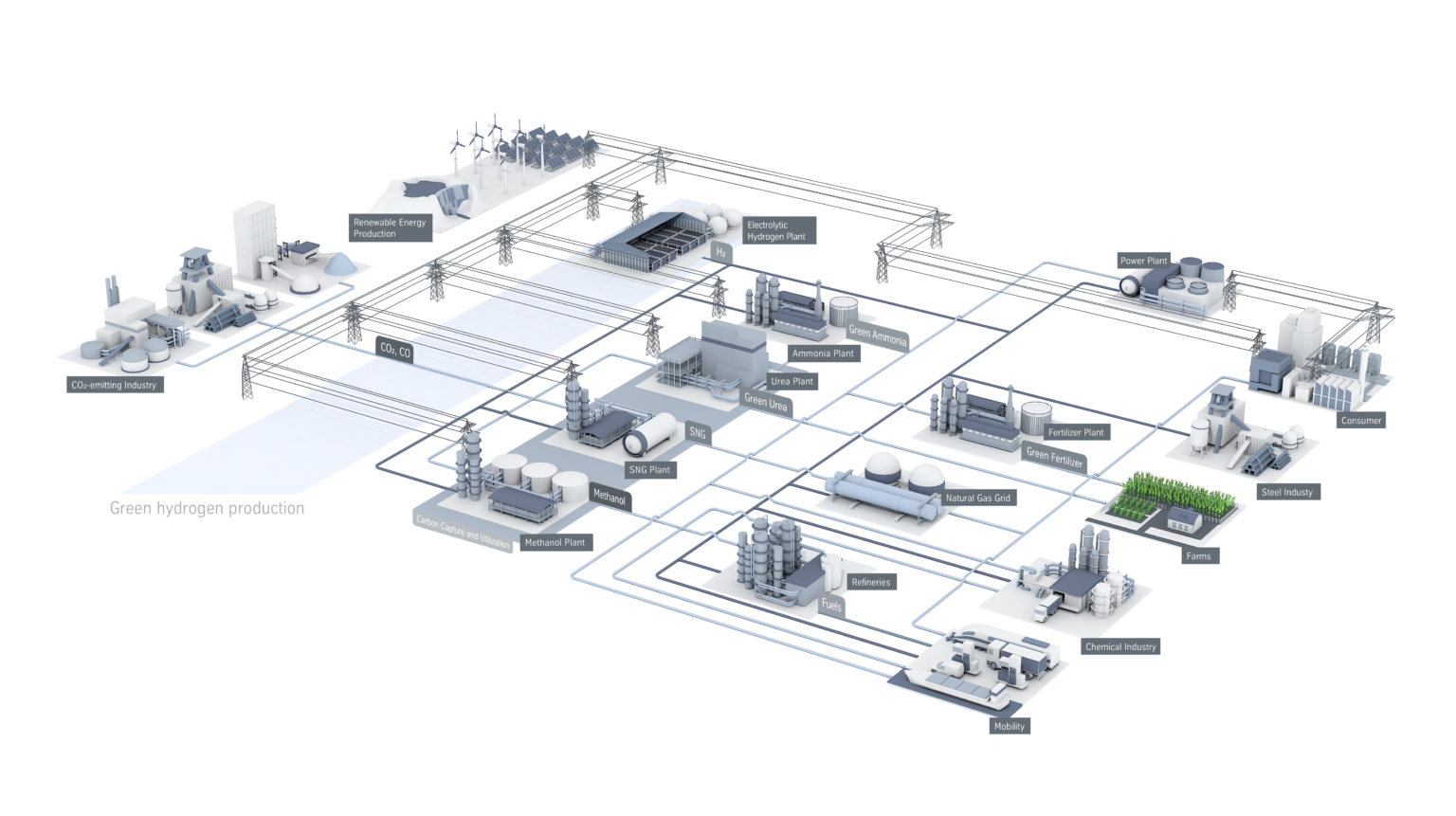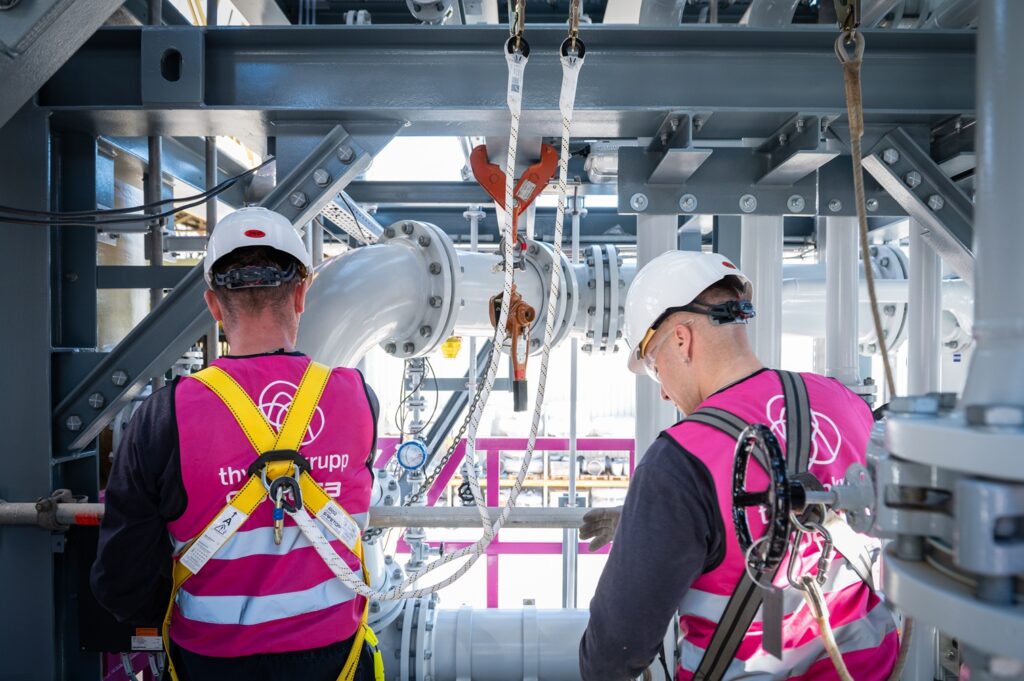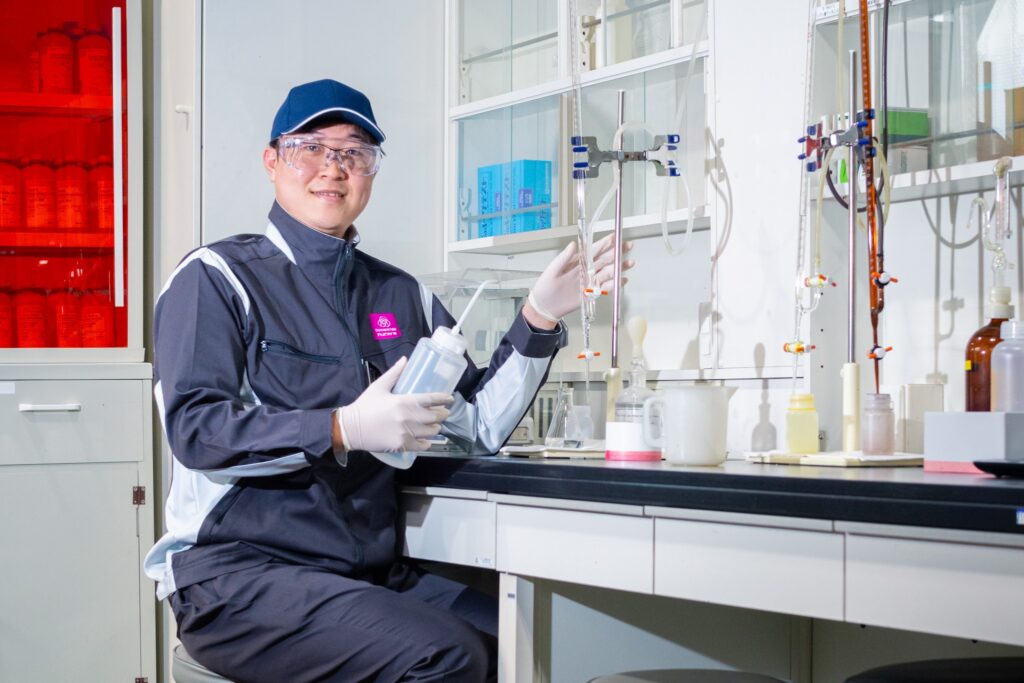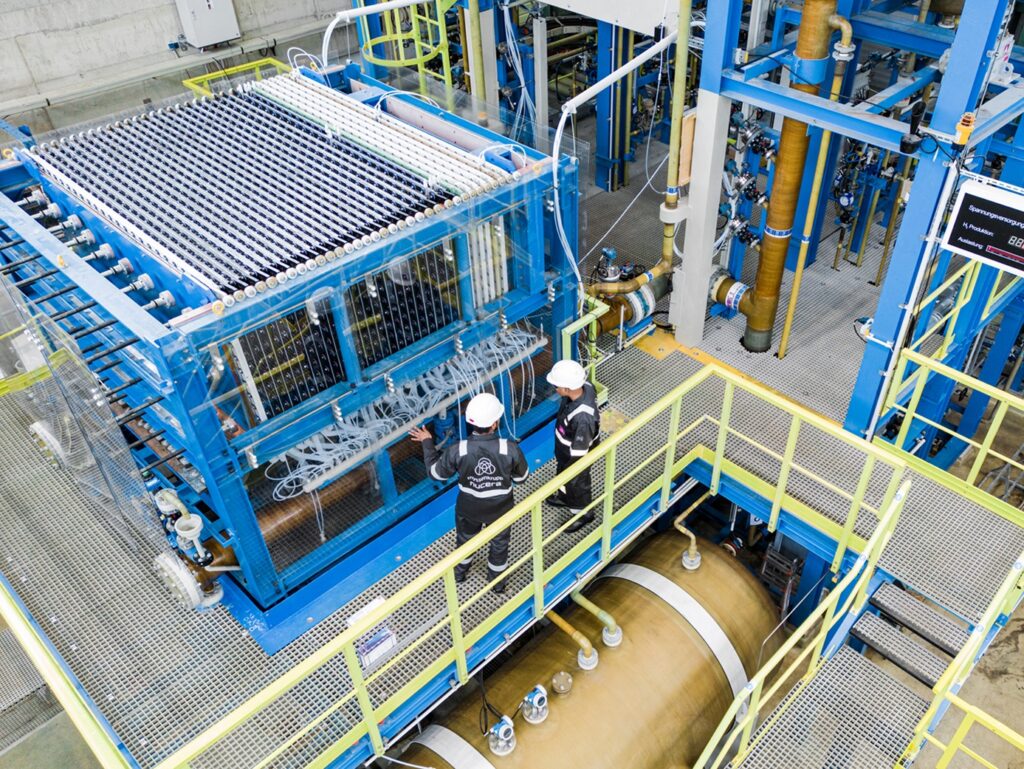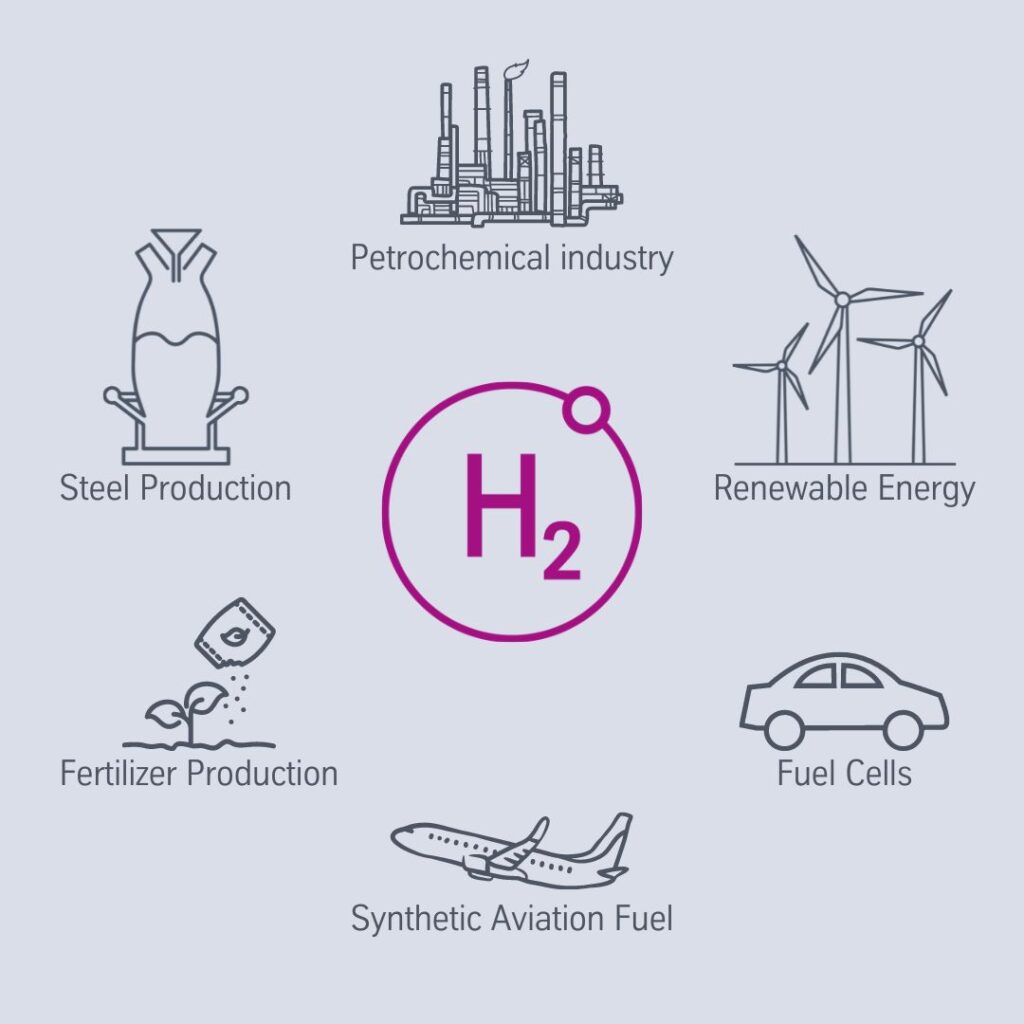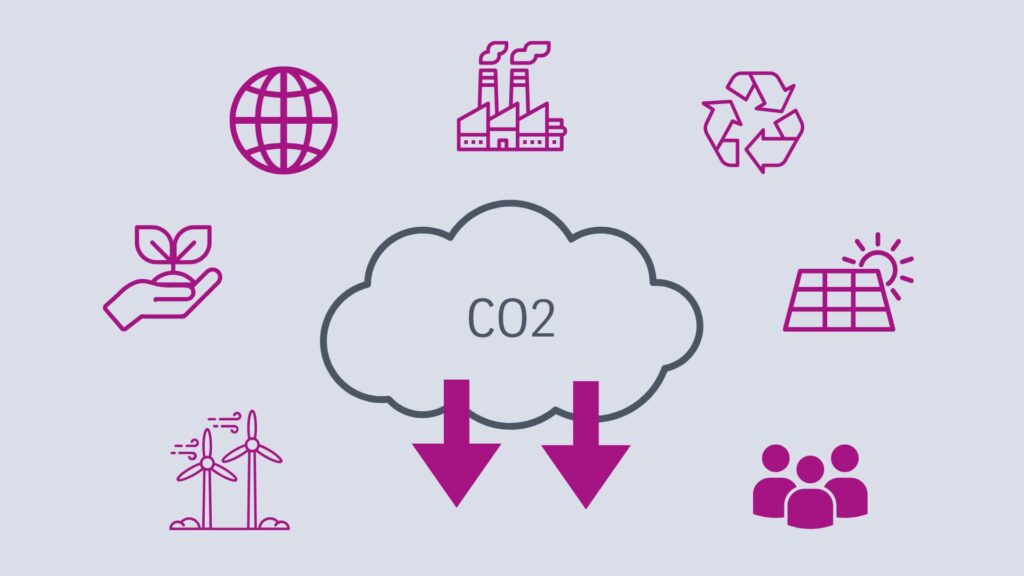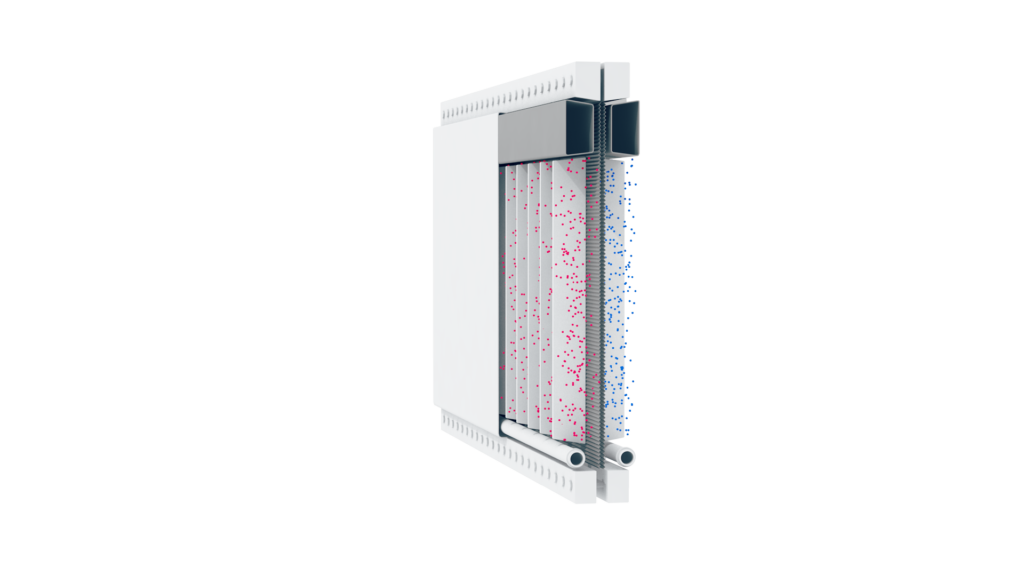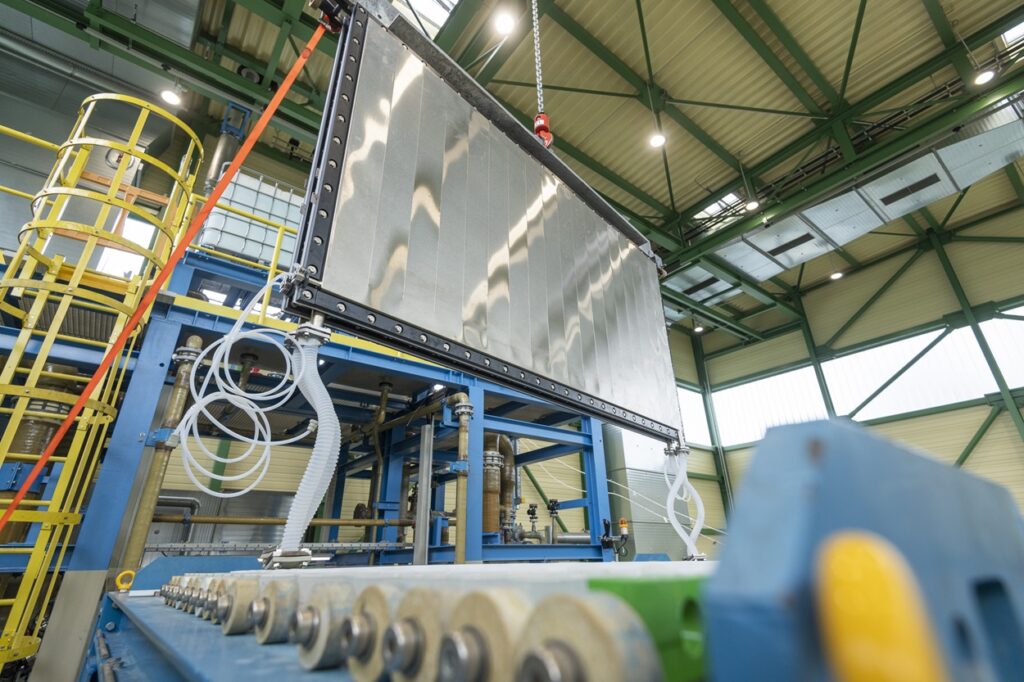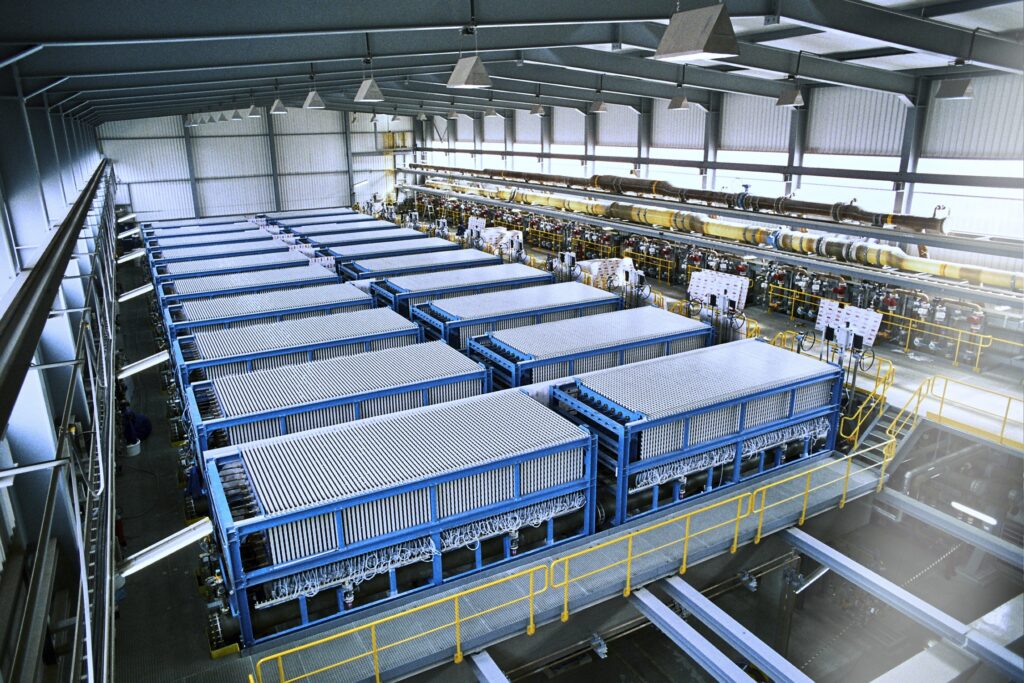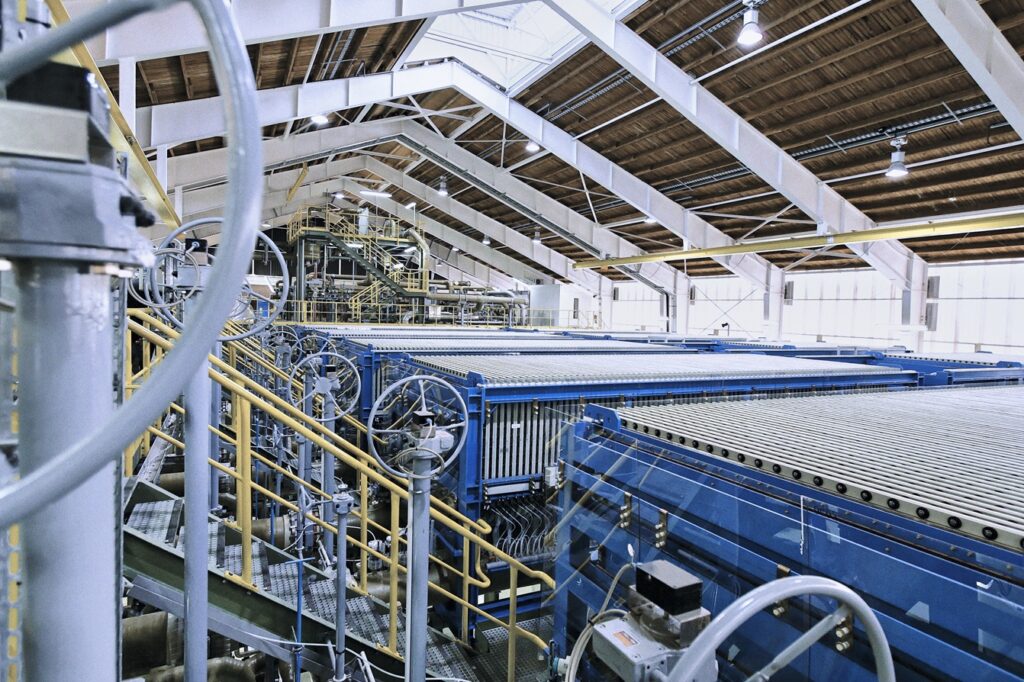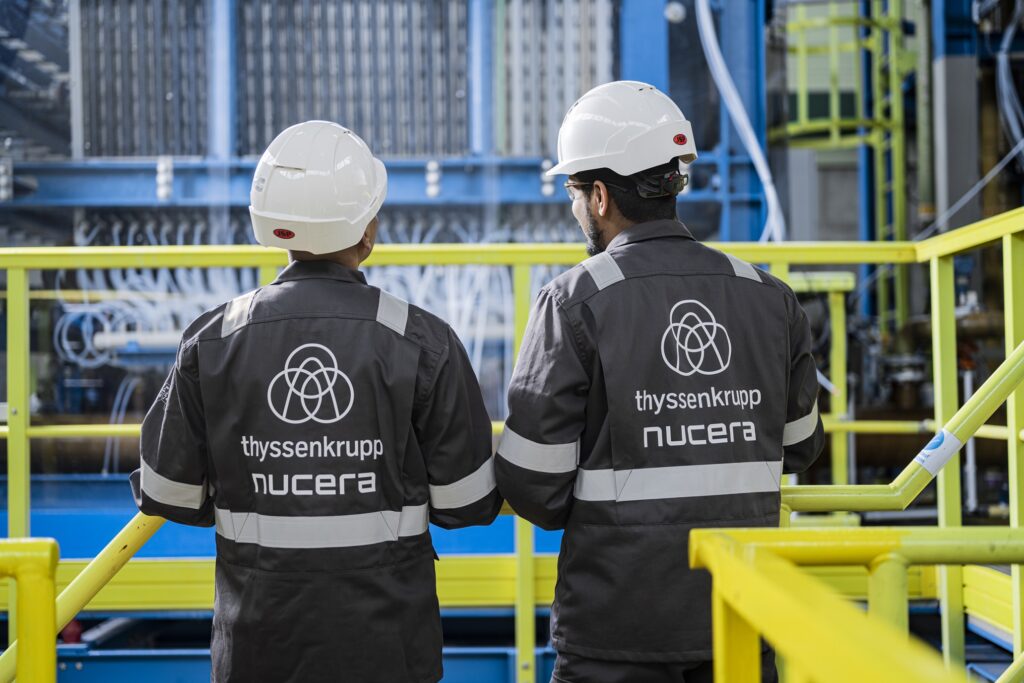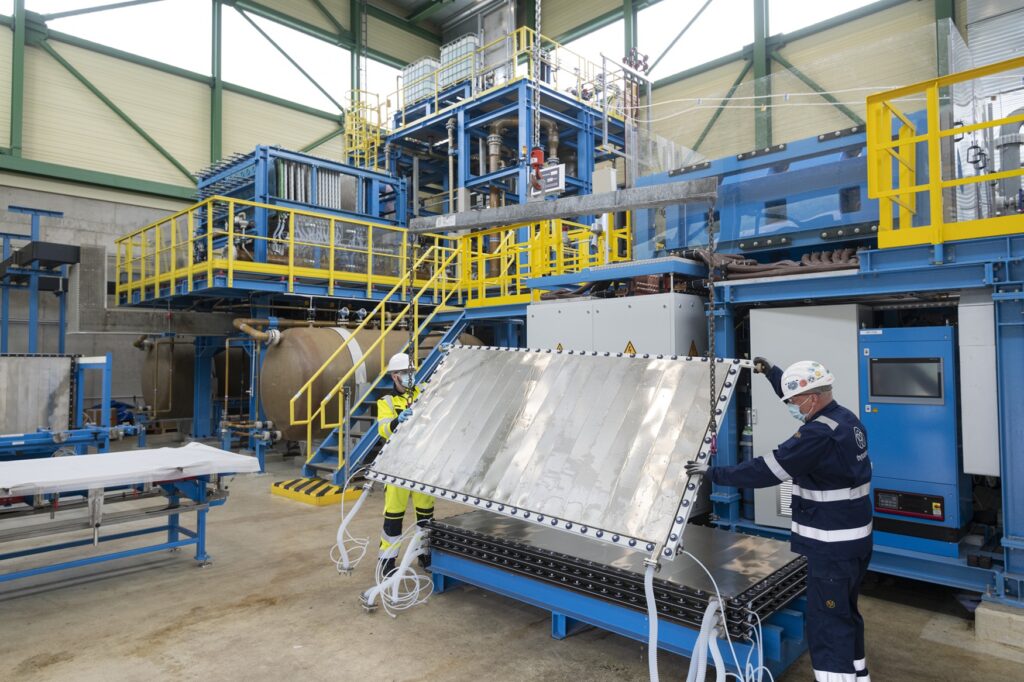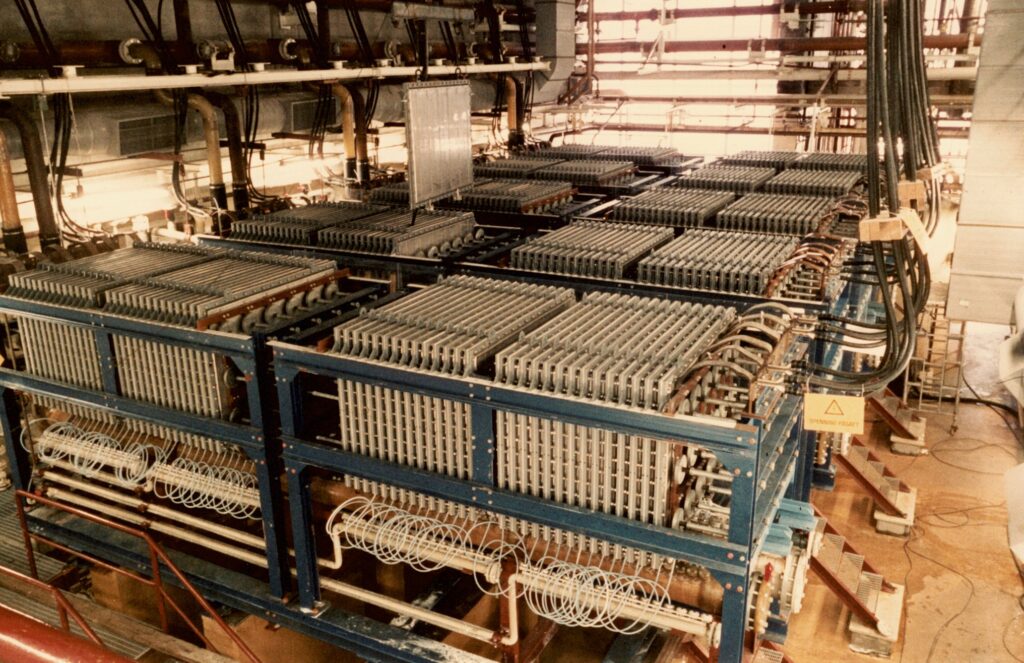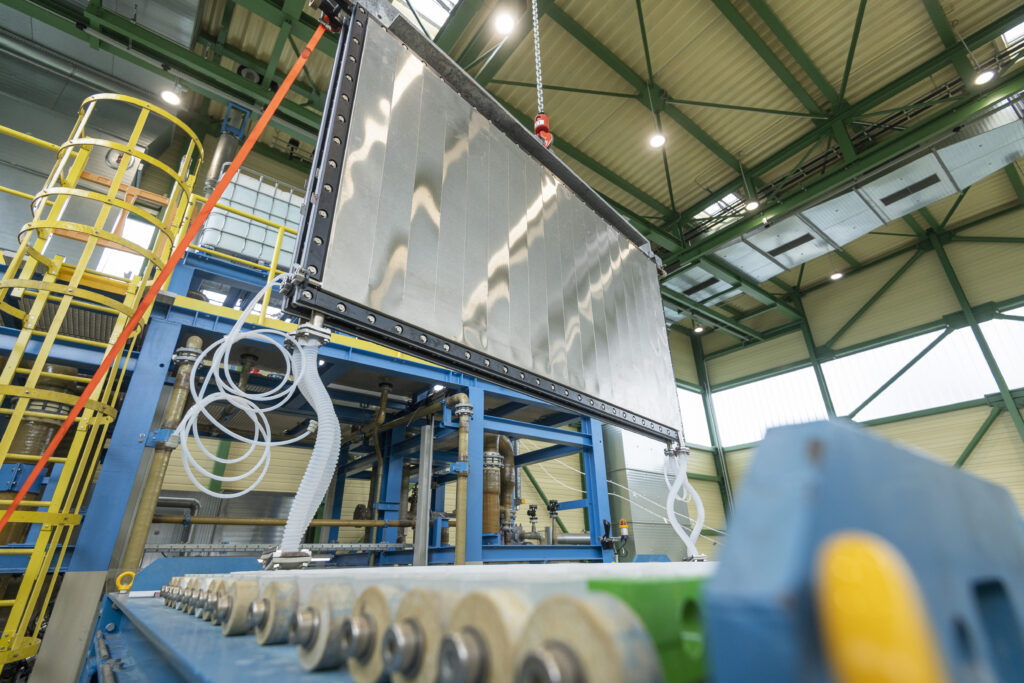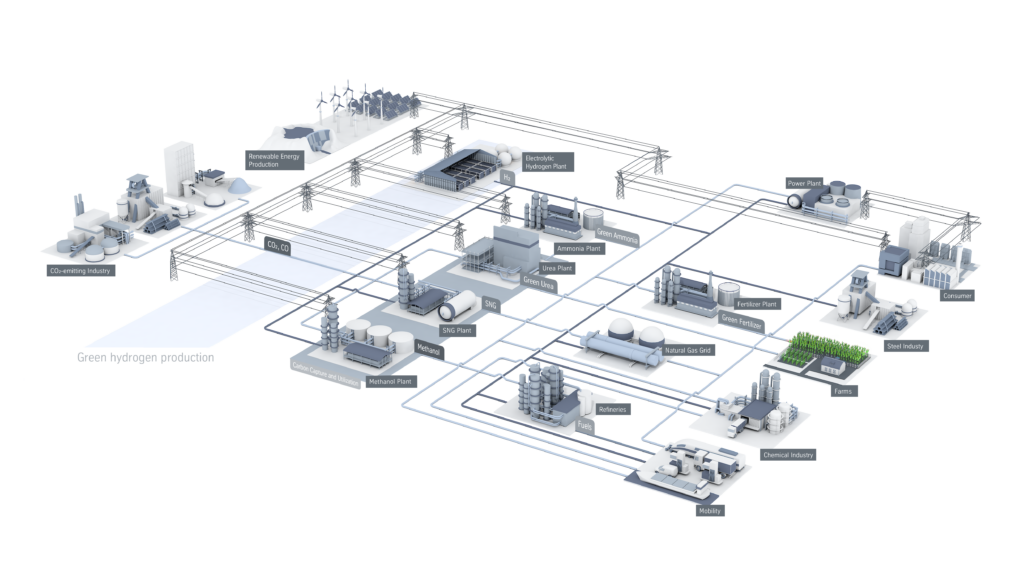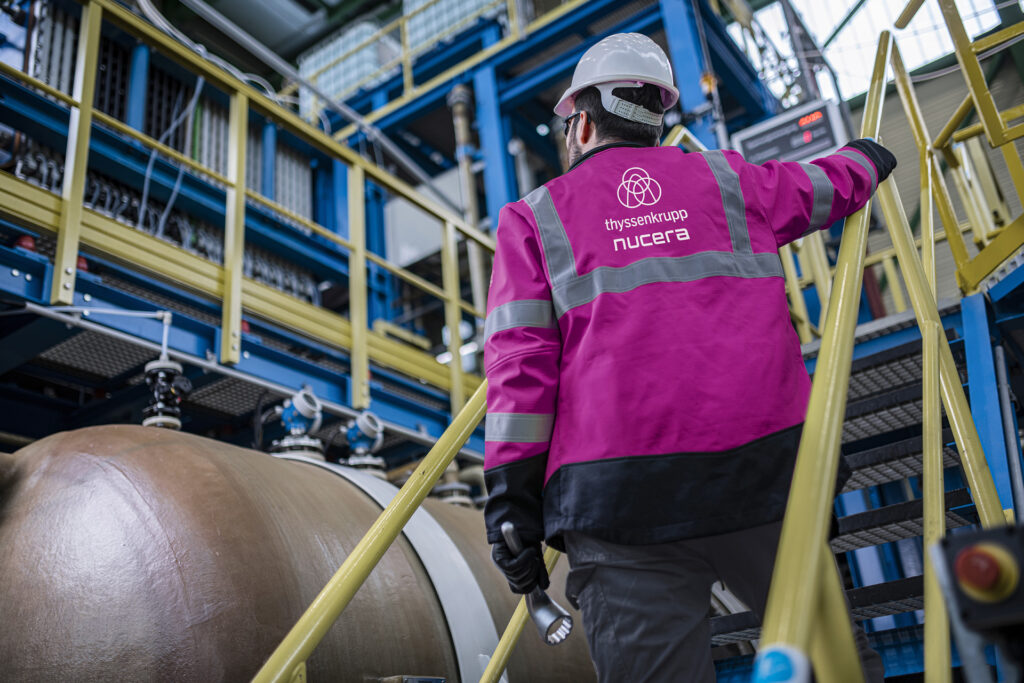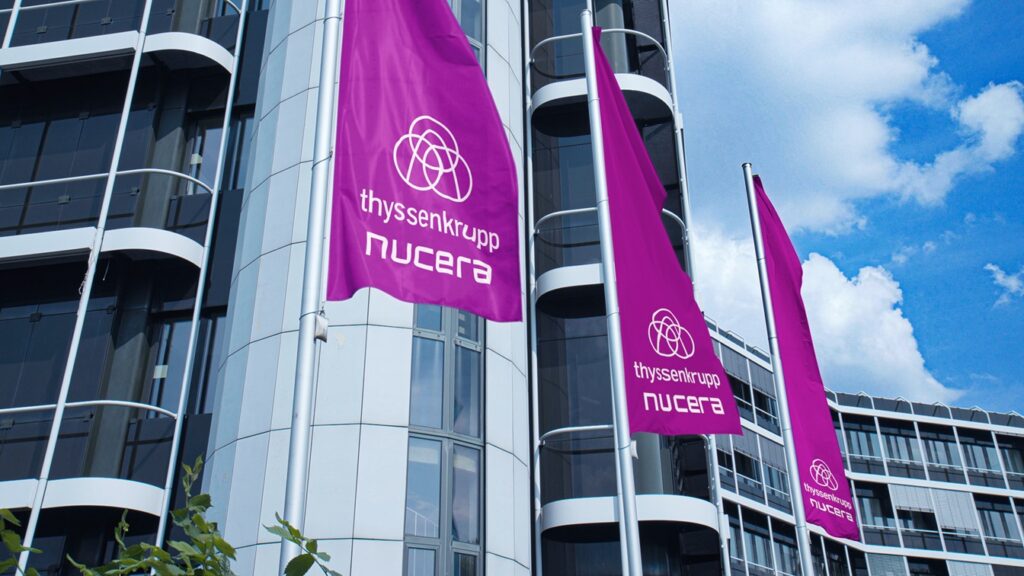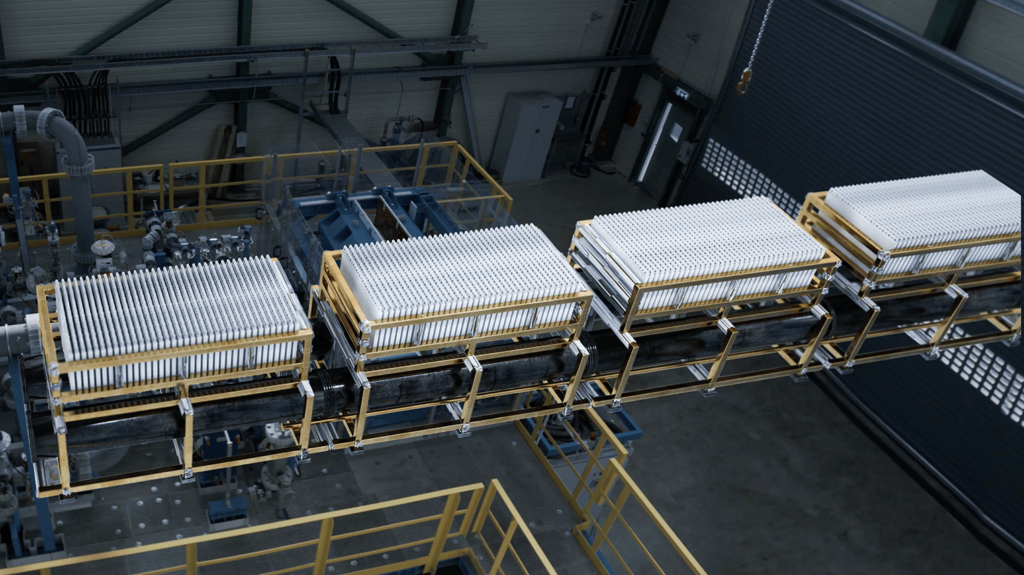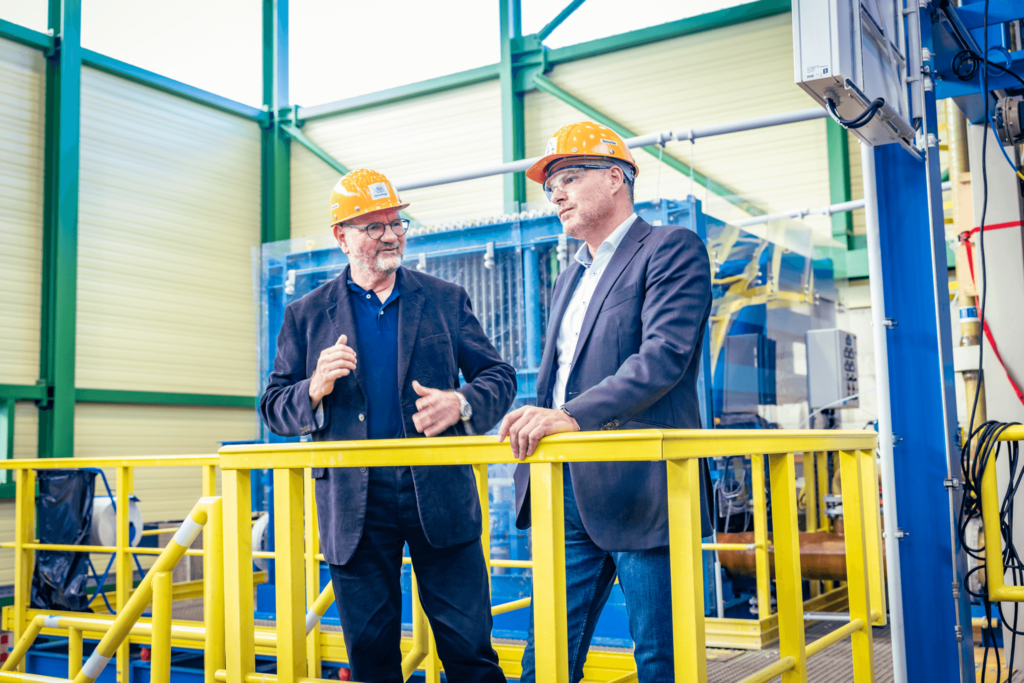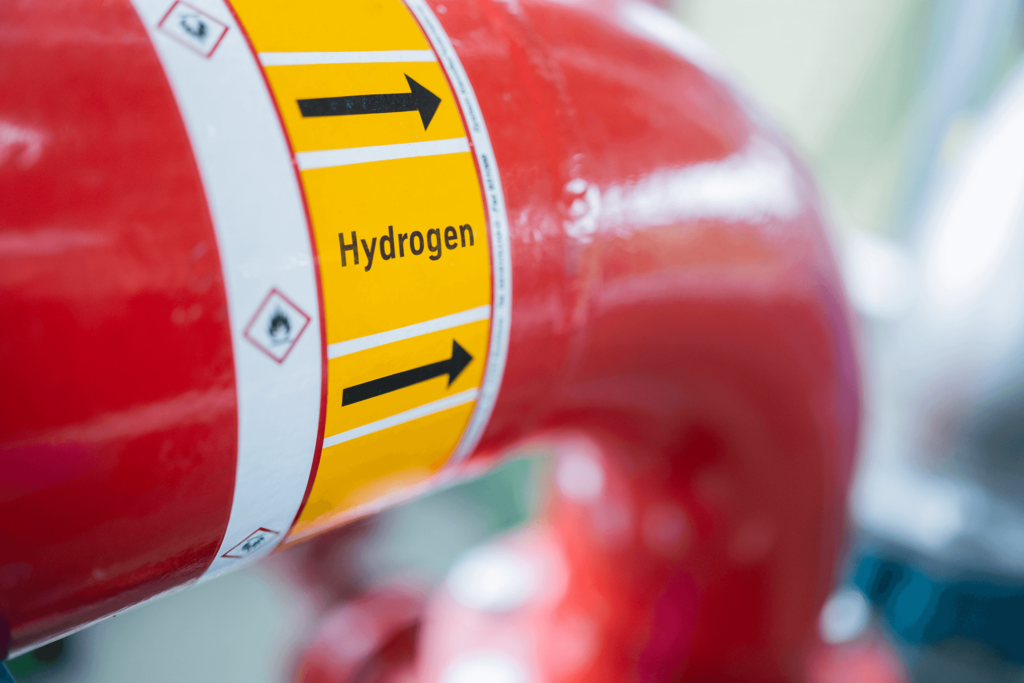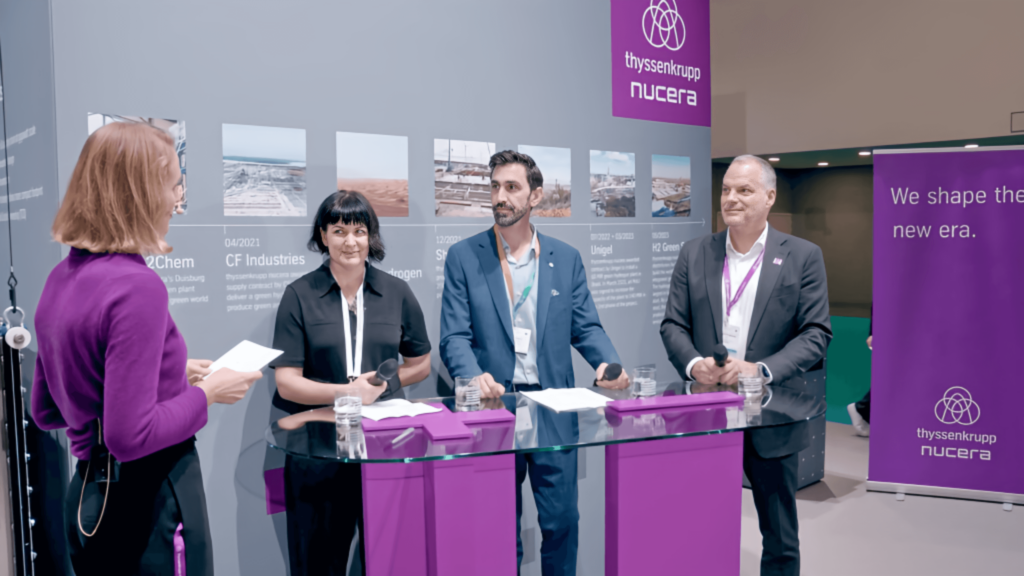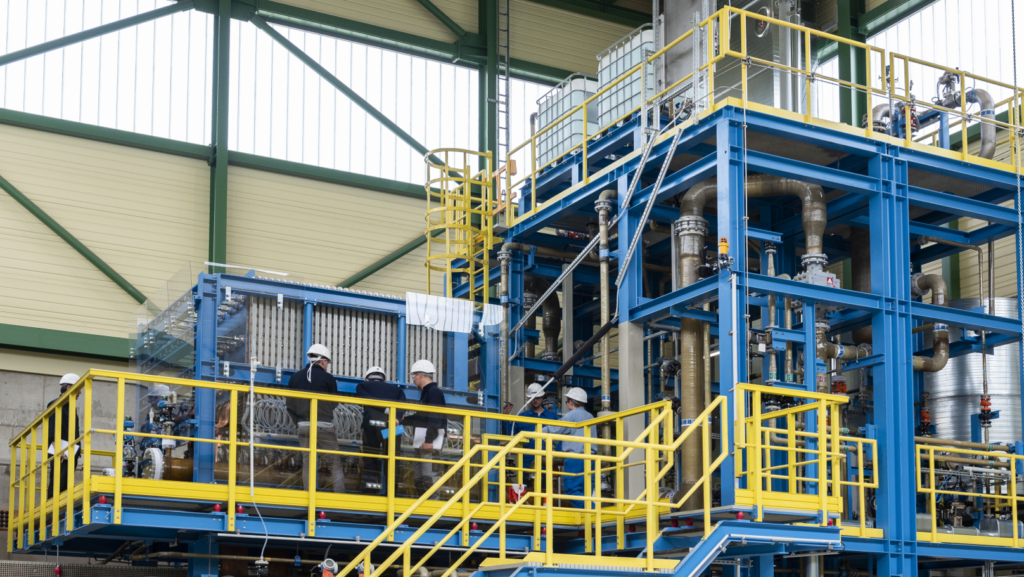Power-to-X (PtX) technology is at the forefront of the energy transition, transforming green electricity into vital energy carriers such as hydrogen, synthetic fuels, or chemicals, from green electricity. This process allows green electricity to be stored and utilized in sectors that cannot directly use it, such as refineries.
Why do we need PtX technology?
Renewable energy sources such as solar and wind are inherently intermittent; they don’t provide a constant energy output. Yet, the demand for energy is unceasing. To bridge this gap, PtX technology offers a solution by converting excess renewable energy into various forms, making it a cornerstone for achieving a sustainable energy future. Unlike batteries, which have limitations for large-scale, long-term storage, PtX provides a versatile approach to meet the energy needs of different industries through the creation of green molecules.
This is where PtX steps in and bridges the gap by converting (surplus) renewable energy into gases, fuels and chemicals. These can then be used in transportation, industry, or to heat buildings. PtX generates a dependable and environmentally friendly energy supply, particularly in areas heavily reliant on fossil fuels, and cannot use renewable electricity directly.
The letter ‘X’ in PtX represents its ability to produce a wide array of energy forms, such as methane or liquid fuels including gasoline, ammonia, kerosene or diesel. PtX encompasses a range of subcategories, including Power-to-Gas, Power-to-Liquid and Power-to-Chemicals. These technologies are instrumental in achieving sector coupling, integrating energy systems to enhance efficiency and sustainability.
Power-to-X: One technology with multiple applications
The X in PtX can represent a variety of energy forms, three of these examples are listed below:
- Power-to-Gas: Converts electricity into gaseous fuels such as hydrogen or methane.
- Power-to-Liquid: Transforms electricity into liquid fuels, for example, diesel.
- Power-to-Chem: Produces industrial raw materials.
How does PtX work?
At its core, most PtX processes involve two main steps:
- Hydrogen Production: Green hydrogen is produced through water electrolysis, using renewable energy sources. If hydrogen is the desired PtX product (the X), no further steps are necessary.
- Fuel Transformation: CO2 or Nitrogen is used together with hydrogen to produce either gaseous or liquid energy carriers serving as a fuel.
By converting renewable energy into synthetic fuels, PtX enables the application of green energy in maritime transport, aviation, and certain chemical processes, reducing global reliance on conventional petroleum and natural gas, and significantly contributing to international climate protection.
How sustainable is PtX?
Nonetheless, for PtX to be genuinely climate-neutral, stringent sustainability standards must be adhered to from inception, ensuring long-term investment certainty for PtX systems:
- Green Power: PtX should derive its energy from additional green power plants to minimize CO2 emissions.
- Water Consumption: Water is essential for the production of hydrogen. Therefore, it is important to produce hydrogen in regions without water shortages or where seawater can be desalinated to ensure the viability of energy sources.
- CO2 Sources: To avoid additional greenhouse gas emissions, the CO2 required for PtX production should be sourced directly from the atmosphere or through renewable biomass processes, establishing a closed CO2 cycle with ambient air. This principle also extends to other necessary molecules, such as nitrogen.
- Land Use: The impact of using land for renewable energy projects like solar and wind farms must be considered in terms of both ecological and social perspectives.
- Local Added Value: Numerous leading and developing countries have the capacity to generate energy from renewable sources. PtX could aid in their quest for greater independence, potentially enabling them to become energy exporters.
Many economic sectors and processes remain dependent on fossil fuels, necessitating a transition to climate-friendly alternatives. PtX plays an essential role in integrating renewable energy sources into our energy systems and achieving climate targets. It ensures renewable energy’s compatibility with diverse applications.
